Description
Ehrung an einem Heldendenkmal by Eduard Veith printed on a T-Shirt
About the T-Shirt
Regular fit
Standard length, the fabric easily gives into movement
Casual wear
A classic, everyday option loved by our customers
Side-seamed
Constructed by sewing two parts together, creating a fitted look
The Unisex Staple T-Shirt feels soft and light with just the right amount of stretch. It’s comfortable and flattering for all. We can’t compliment this shirt enough–it’s one of our crowd favorites, and it’s sure to be your next favorite too!
- Solid colors are 100% Airlume combed and ring-spun cotton
- Ash color is 99% combed and ring-spun cotton, 1% polyester
- Heather colors are 52% combed and ring-spun cotton, 48% polyester
- Athletic and Black Heather are 90% combed and ring-spun cotton, 10% polyester
- Heather Prism colors are 99% combed and ring-spun cotton, 1% polyester
- Fabric weight: 4.2 oz./yd.² (142 g/m²)
- Pre-shrunk fabric
- 30 singles
- Side-seamed construction
- Tear-away label
- Shoulder-to-shoulder taping
- Blank product sourced from Nicaragua, Mexico, Honduras, or the US
Eduard Veith (1856 – 1925)
Eduard Veith was an Austrian portrait painter and stage designer. Many of his works were influenced by Symbolism.
He was born to the decorative painter, Julius Veith (1820–1887), and his wife Susanna, née Schleif (1827–1883). At first, he received training to follow in his father’s profession. Later, he went to Vienna, where he took classes at the Museum of Applied Arts from Professor Ferdinand Laufberger. He capped off his studies by creating sgraffito for exhibition buildings at the Exposition Universelle in Paris.
He then returned home, where he assisted his father with painting churches, synagogues and other ceremonial buildings.This was followed by several study trips; to Italy, Belgium and Tunisia. He finally settled in Vienna; becoming a free-lance artist and working mostly by commission.
From 1890, he was a member of the Vienna Künstlerhaus. In 1896, he received a gold medal at the Große Berliner Kunstausstellung. In 1905, he was appointed a Professor at the University of Technology. In 1911, he married Bertha Griesbeck (1872-1952), from Augsburg. He later taught at the University of Applied Arts Museum of Applied Arts, and became a Professor there in 1920. During his years in Vienna, he maintained contact with his home town, and held exhibitions there.
In addition to his paintings, he did interior decorations for a number of the buildings on the Ringstraße, and trompe l’oeil stage sets. He often collaborated with the architects, Fellner & Helmer, who built dozens of theatres and opera houses throughout the Austro-Hungarian Empire.
He died shortly before his sixty-seventh birthday, and was interred at Döbling Cemetery. His grave is adorned with a sculpture by Georg Leisek.

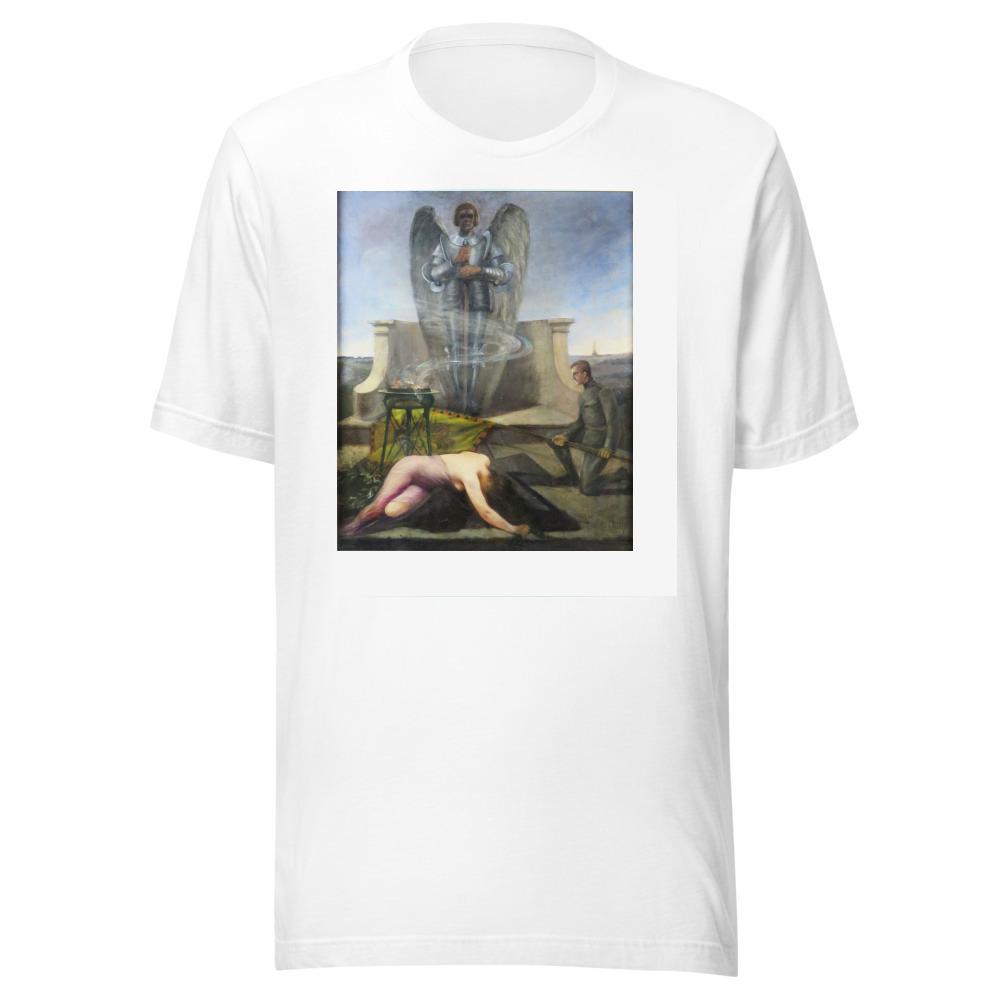
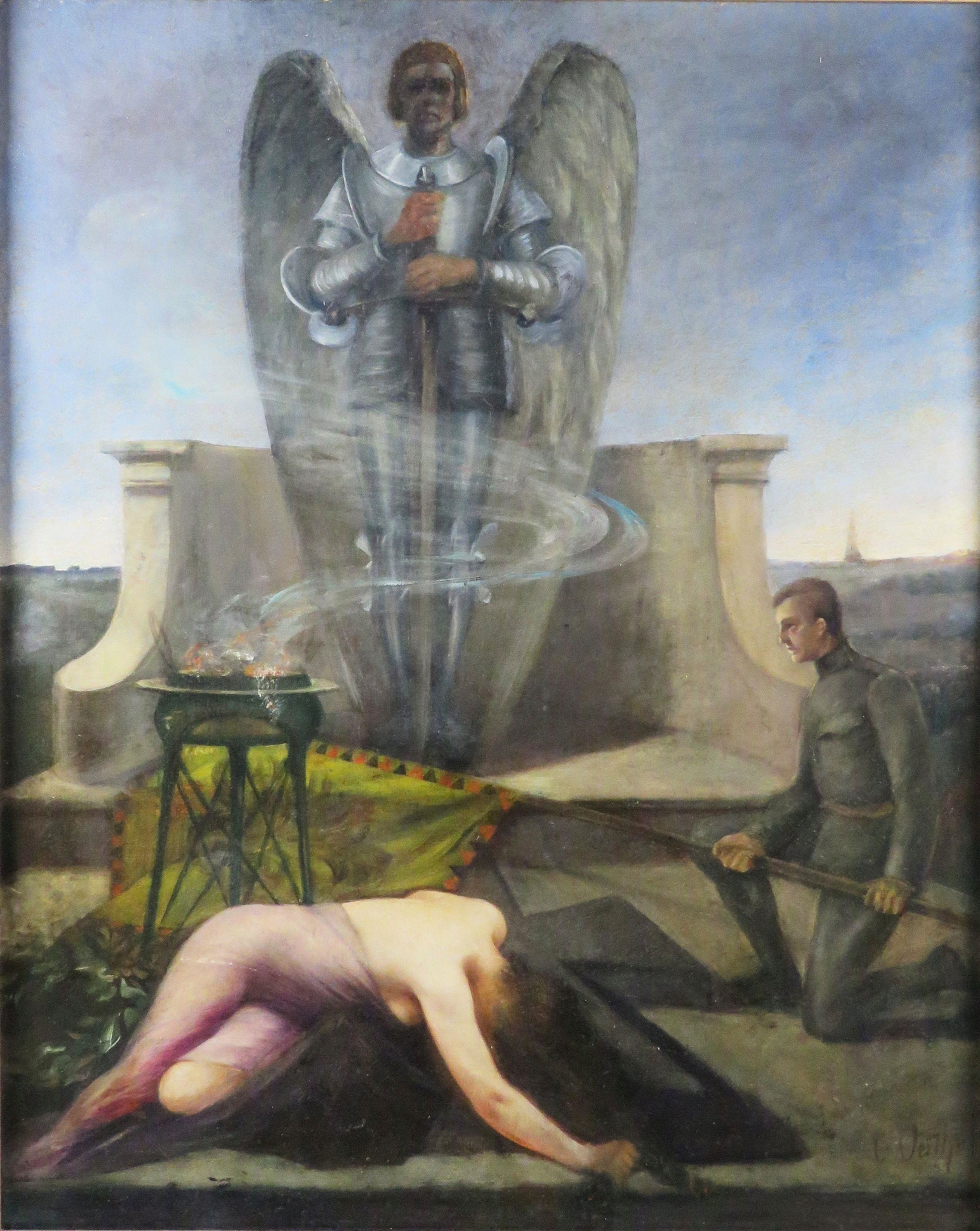
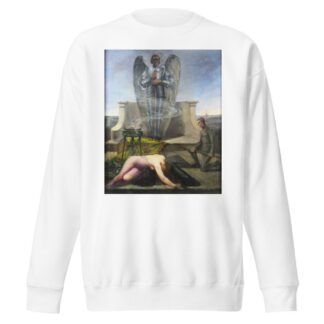
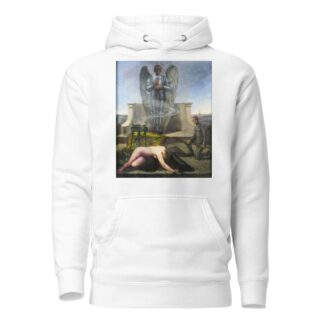
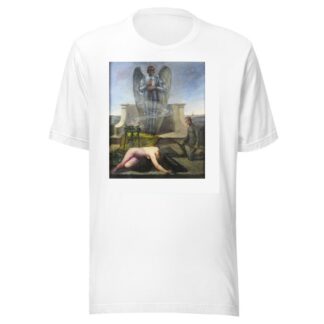
Reviews
There are no reviews yet.